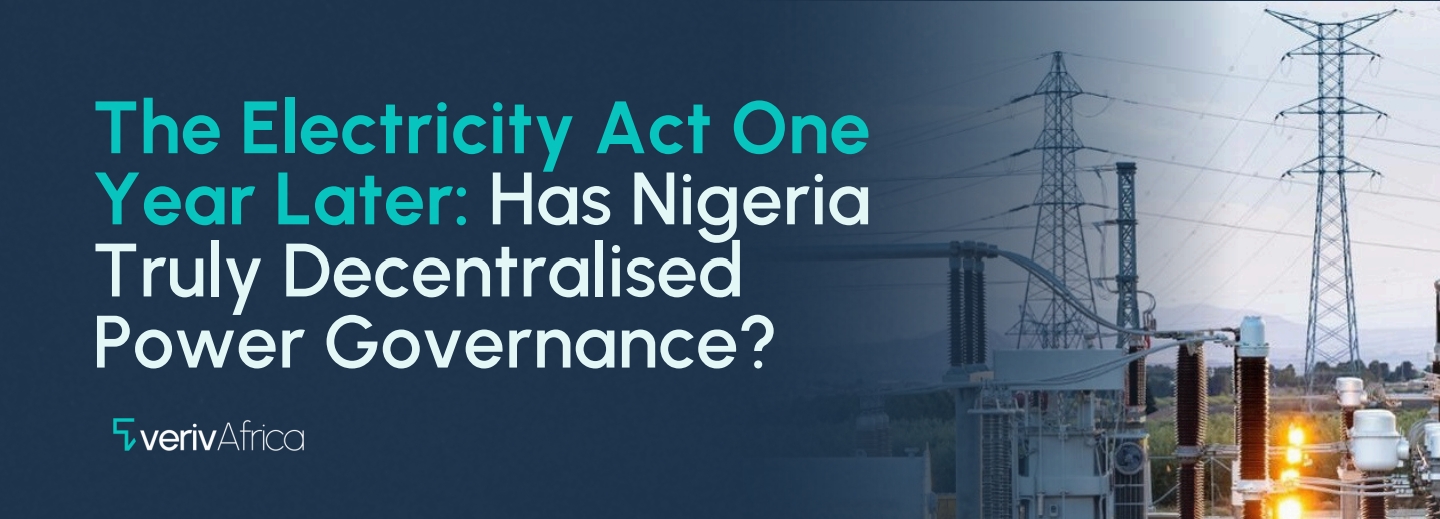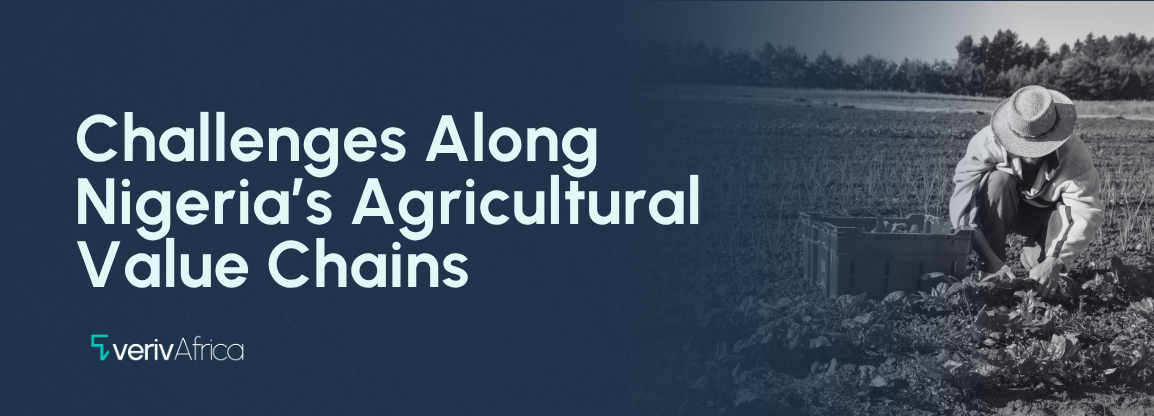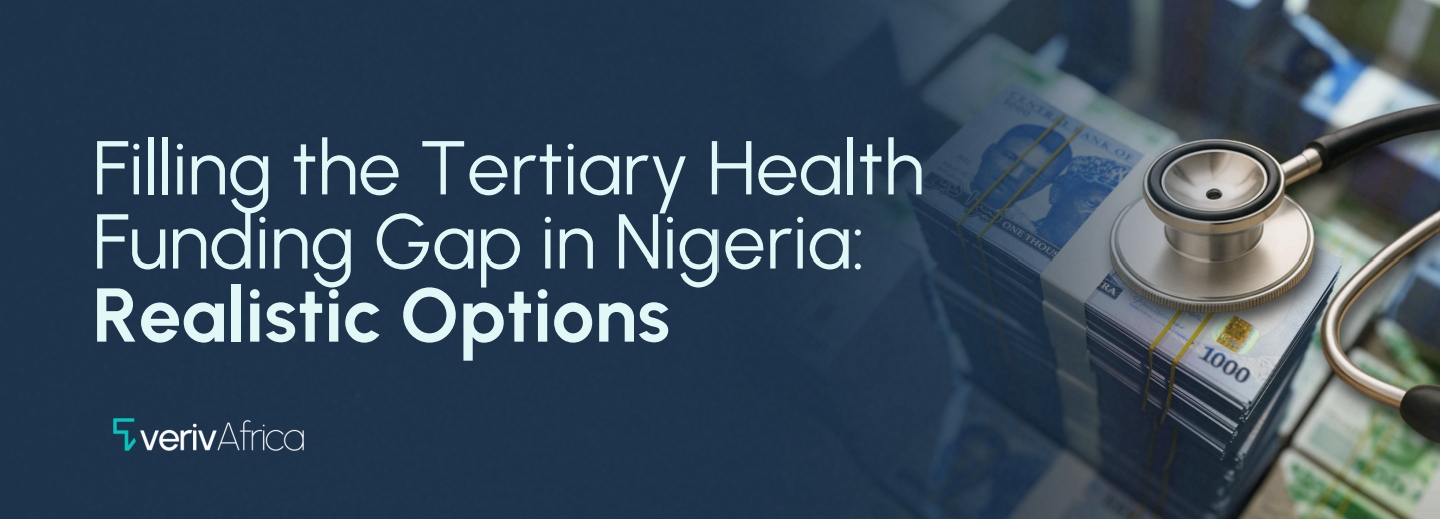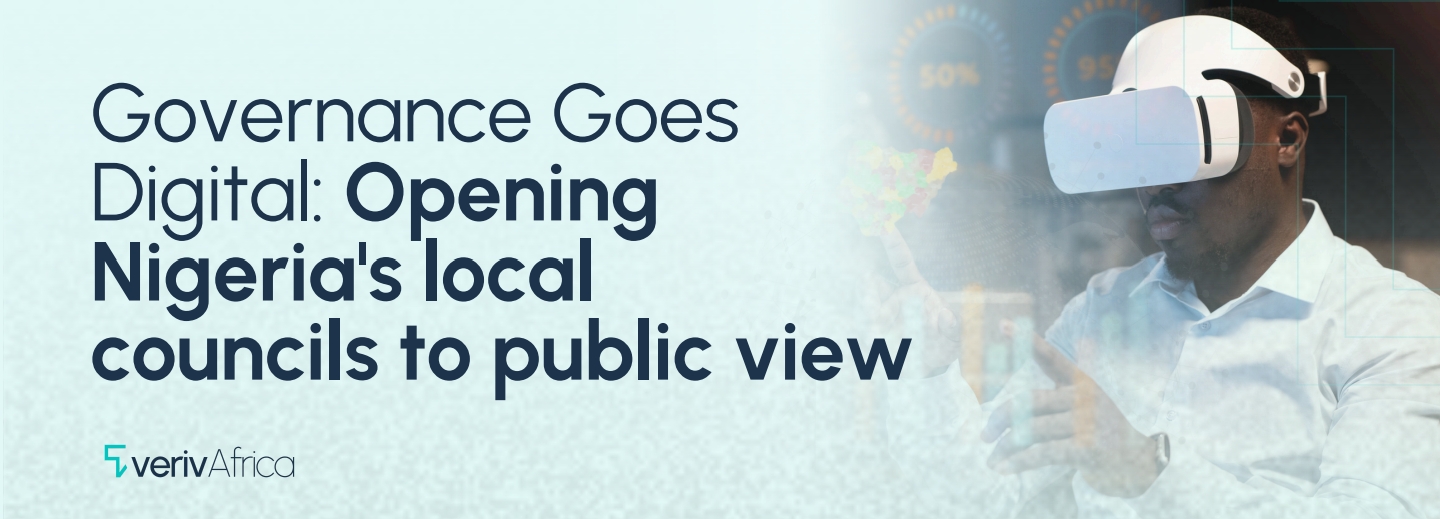Nigeria’s electricity sector has undergone significant changes over the past year, following the signing of the 2023 Electricity Act into law on June 8 by President Bola Ahmed Tinubu. This Act provides a clear and comprehensive blueprint for the Nigerian electricity market to operate efficiently. It also focuses on the decentralisation of electricity markets, which allows state governments to take control of the electricity markets within their jurisdictions. The question now is: to what extent has the Nigerian electricity market achieved decentralisation, and what is the progress like across the states and the FCT?
Pre-Act Power Sector In Nigeria
Nigeria’s power sector has evolved over the years, from England’s Lighting Electricity Act (1892) to the establishment of the Electricity Corporation of Nigeria (ECN) in 1950, to the merging of ECN and the Nigerian Dams Agency (NDA) as the National Electric Power Authority (NEPA) in 1975, and now the Electricity Act (2023). At its inception, NEPA generated 6,200 MW of electricity for the country, utilising two hydroelectric plants and four gas-fueled plants. Despite the glorification of NEPA, its era was riddled with numerous inefficiencies. These inefficiencies include a weak organisational structure, unstable and unreliable power supply, limited electricity access, high losses, poor revenue generation, electricity pilferage, and inadequate power infrastructure. These challenges necessitated the reformation of the Nigerian power sector. In 2005, the Electric Power Sector Reform (ESPR) Act was established in this light to pave the way for the unbundling of the NEPA, which was initially responsible for the entire electricity value chain (generation, transmission, and distribution), to the PHCN (Power Holding Company of Nigeria) and 18 successor companies—six generation companies (GenCos) and eleven distribution companies (DisCos). The ESPRA also established Nigeria's Electricity Regulatory Commission (NERC). NERC regulates the Nigerian power sector. PHCN ceased to exist in 2013, after two out of the three value chains were privatised. The 2023 Electricity Act also annulled the ESPRA.
The EA focuses on the decentralisation of the Nigerian electricity market, enabling state governments to take control of electricity markets within their respective jurisdictions. The decentralisation of the Nigerian electricity market is expected to bring about increased electricity access, greater investment in energy, and a more efficient electricity market overall. Many state governments have leveraged the decentralisation brought about by the Act to establish their own electricity markets and regulatory commissions. The Nigerian Electricity Regulatory Commission (NERC) has completed the transfer of regulatory oversight to state regulatory commissions such as the Lagos State Electricity Regulatory Commission (LASERC), the Ondo State Electricity Regulatory Bureau (OSERB), and the Enugu Electricity Regulatory Commission (EERC), among others.
Decentralising Provisions of The Electricity Act 2023
The decentralisation of the Nigerian Electricity Supply Industry (NESI) creates opportunities for state governments to regulate their electricity markets and issue licences to electricity companies within their jurisdiction. State governments can now make laws governing electricity generation, transmission, and distribution within their respective electricity markets. The primary objective of decentralisation was to increase electricity access, competition, and efficiency while also providing electricity to unserved and underserved communities. For states to become fully autonomous, they must enact electricity laws, establish regulatory bodies, and complete the transfer of regulatory oversight from the NERC. Presently, 31 states have enacted their electricity acts, and 19 states have established their own electricity regulatory bodies. Out of these state regulatory bodies, 11 have completed the transfer of regulatory oversight from NERC. These states are Edo, Ekiti, Enugu, Imo, Kogi, Lagos, Niger, Ogun, Ondo, Oyo, and Plateau. It is increasingly evident that the majority of Nigeria’s 36 states are shaping the development of autonomous electricity markets at the subnational level, indicating a transformative shift in the national energy landscape.
The transformation shifted Nigeria’s electricity sector from a centrally regulated sector to a two-tier sector. This dual regulatory framework comprises the NERC, which regulates the Federal Electricity Market (FEM), and the State Electricity Regulatory Commissions (SERCs), which regulate intra-state electricity infrastructure and markets. The NERC still retains authority over the national grid, wholesale electricity generation, grid management, and overall market regulation. The Commission also controls and monitors the transfer of regulatory oversight to SERCs. The emergence of the dual system has led to discrepancies in electricity tariff structures, resulting in confusion among DisCos and regulatory commissions over billing inconsistencies. This discrepancy is evident in the Enugu State Electricity Regulatory Commission (ESERC)’s order to cut the tariff from ₦112.60 per kWh to ₦45.75 per kWh. In response, Band A consumers' electricity rates dropped from ₦209.50 per kWh to ₦160.40 per kWh. The abrupt adjustment led to operational tensions and service interruptions, resulting in a three-week blackout in parts of Enugu. In concept, the two-tier sector offers a viable framework; however, clear boundaries must be established for it to work effectively.
The Act encourages private sector engagement in Nigeria’s electricity sector. State governments, leveraging this provision, have made strategic Public-Private Partnerships (PPPs) with private organisations to increase energy access in their respective states. Akwa Ibom state has established a partnership with the Niger Delta Power Holding Company (NDPHC), a private power company, to increase energy generation within the state. Imo State government signed an MOU with an Egyptian power firm, Makdour Group, to collaborate with the state’s independent energy company, Orashi Electricity Company Limited, and support the development of energy infrastructure in the state. Like these two states, many other states are forming collaborations with public and private organisations to develop their electricity markets.
In addition to PPPs, the EA 2023 also made room for off-grid and renewable energy initiatives to encourage local solutions. Currently, 82 million Nigerians do not have access to electricity, which is approximately 41% of the national population. Renewable energy and off-grid projects can expand electricity access to unserved and underserved areas of Nigeria, bridging the gap between Nigerians with access to electricity and those without. Since the enactment of the act, the federal and state governments have intensified efforts to implement renewable energy and off-grid solutions, with a special focus on areas not covered by the national grid. One such example is Araromi-Okeodo, a community in Osun State, which received its first power supply in 90 years through the installation of a 50 kW hybrid solar mini-grid power plant.
One Year of Implementation: Progress and Challenges
While legal and regulatory changes were notable in 2023, the power sector also experienced several significant industry trends and key developments. Accordingly, we have outlined below relevant industry news, market trends, and legal updates, particularly emphasising how the changes have impacted the sector in 2023 and potentially defined the power sector in 2024.

States That Have Actively Begun Implementing Aspects of the Act
One year later, all 36 states, including the FCT, have implemented a renewable energy integration plan, and over 90% of the states have established public-private partnerships promoting the development of their respective electricity markets. More than 80% of the states have state electricity laws aligned with the Electricity Act 2023, launched community electrification programs, and introduced initiatives that support national grid decentralisation. Despite this impressive progress, only 51.35% of Nigeria’s states have established their electricity regulatory commissions. Additionally, 72.97% of states have progressed beyond solely relying on the national grid by establishing mini-grids to expand electricity access, improve reliability, and enhance efficient supply. These insights are drawn from desk research conducted by Veriv Africa, as part of an ongoing project that monitors electricity sector progress and reforms across the country. The top three states with a success score of 80% are Lagos, Enugu, and Edo states. Niger, Imo and Ekiti states come in close with a success score of 73.33%. Oyo, Ondo, Ogun, Kaduna, Gombe, Bayelsa and Abia states
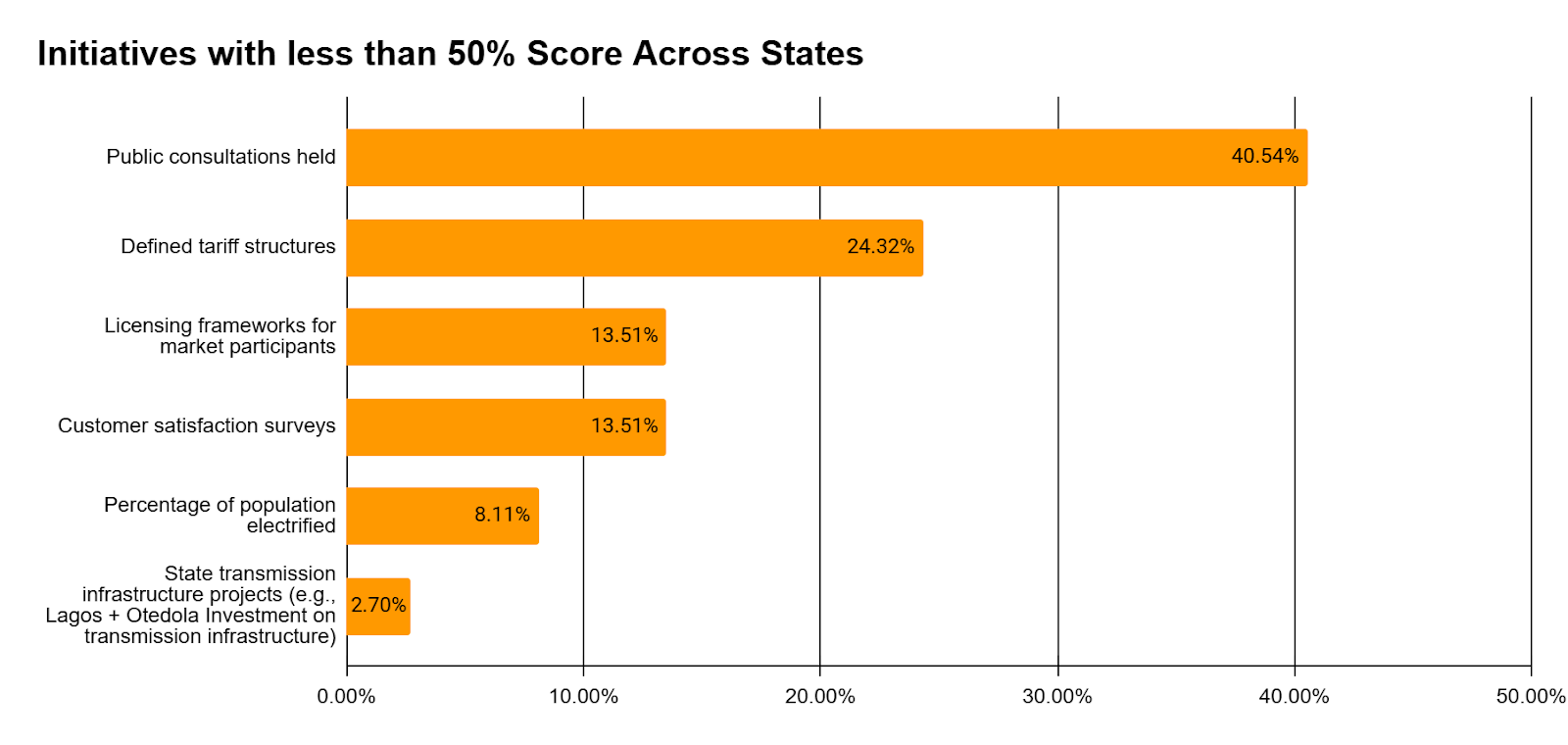
Each state was scored based on its alignment with these key electricity sector metrics. Only 40.54% of the states held public consultations while drafting their electricity laws, and just 24.32% have clearly defined the tariff structures for their electricity markets. Only five states—Edo, Ekiti, Enugu, Imo, and Niger—have properly developed licensing frameworks for their market participants. Consumer satisfaction surveys have been conducted in just 13.51% of Nigeria’s states, specifically in Delta, Oyo, Niger, Kaduna, and Rivers states. Out of the 36 states and the FCT, only 3 states, Delta, Akwa Ibom, and Abia states, have recorded the proportion of their population that has been electrified, representing a mere 8.11%. Lagos state is currently the only state with a state transmission infrastructure project. While state governments have made significant progress in the energy sector reformation, these gaps must be addressed if Nigeria is to achieve full electrification.
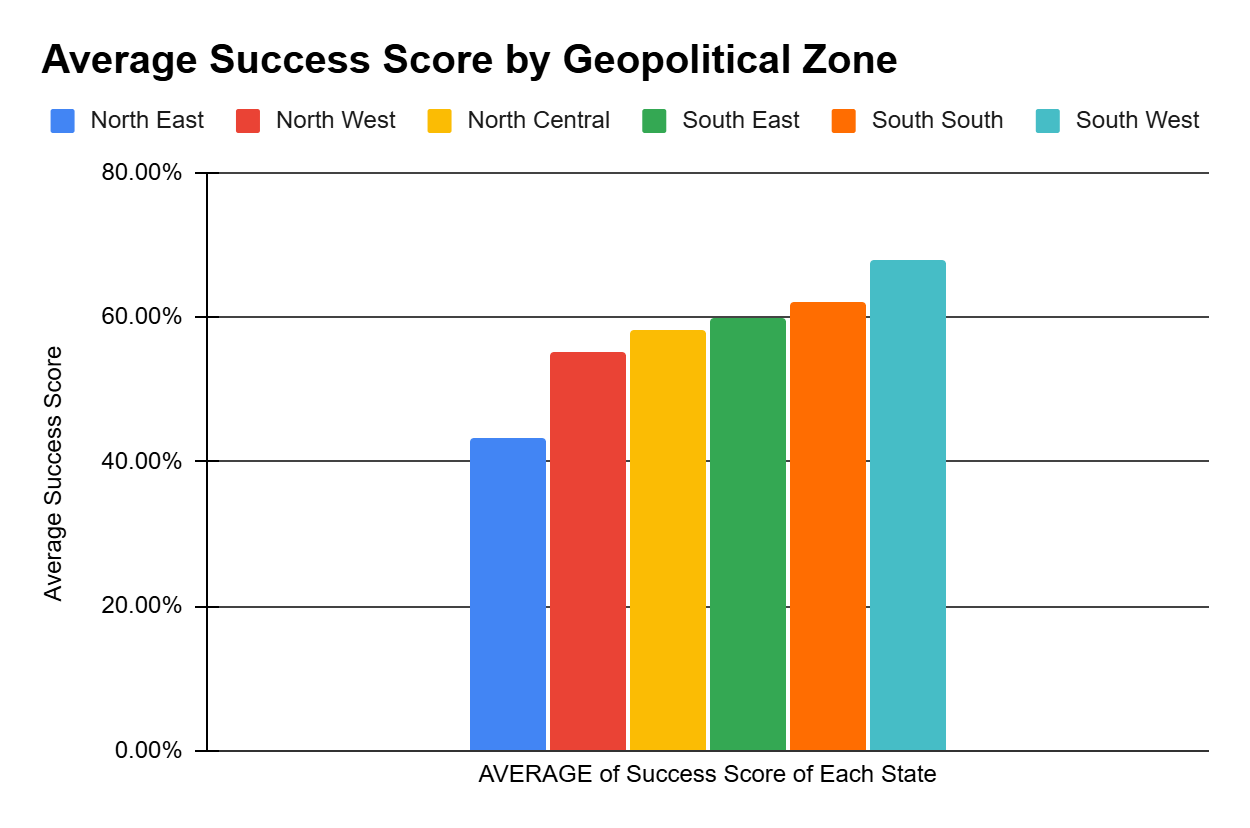
The progress of states can also be tracked across the six geopolitical zones. The South West currently has the highest success score, achieving more than 60% of the selected initiatives. The North East has the lowest score, with only 43.33%. The remaining zones all have success scores that range between 55% and 65%.
References
As seen in text

